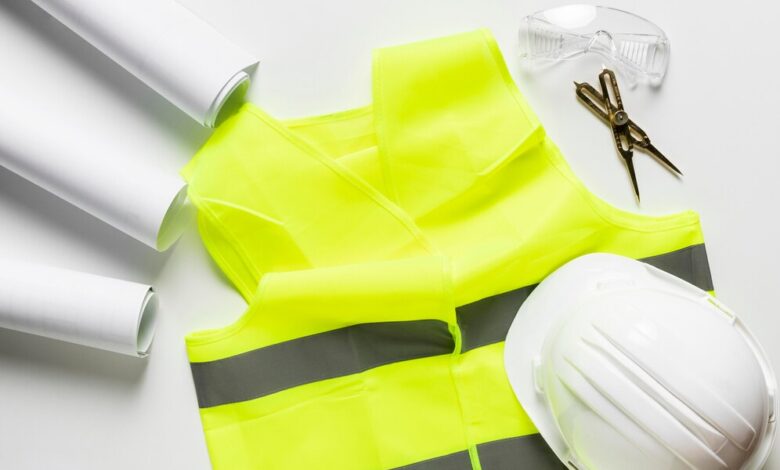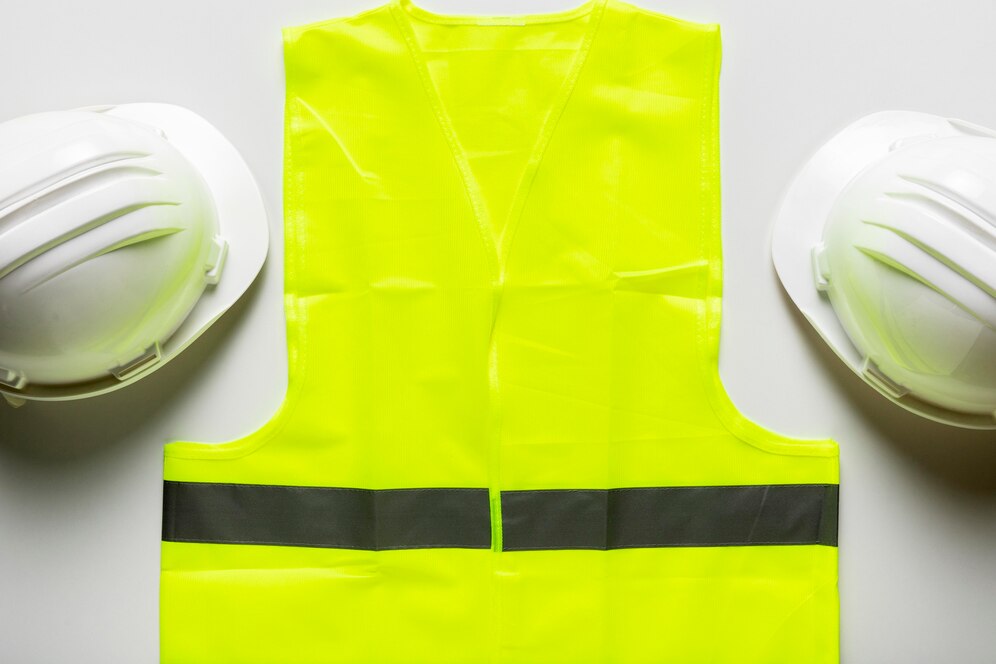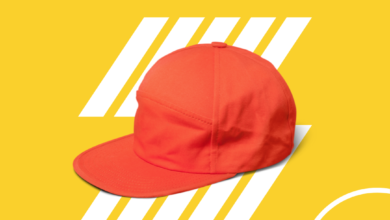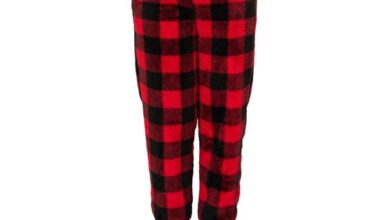Guide to Construction Vest: Safety, Style, and Functionality

In the world of construction and outdoor work, safety is paramount. Construction vests are an indispensable part of personal protective equipment (PPE), playing a vital role in ensuring workers are visible and safe on the job. This article delves into the significance of construction vests, the various types available, their features, and how to choose the right one for your needs.
The Importance of Construction Vests
Enhancing Visibility
Construction sites are bustling environments filled with heavy machinery, moving vehicles, and workers engaged in various tasks. One of the primary functions of a construction vest is to enhance visibility. Bright colors, such as fluorescent yellow, orange, and lime green, help workers stand out against the backdrop of machinery and other equipment. In many jurisdictions, wearing high-visibility clothing is mandated by safety regulations, especially in low-light conditions or adverse weather.
Safety Regulations
Compliance with safety regulations is a critical aspect of any construction job. Organizations like the Occupational Safety and Health Administration (OSHA) and the American National Standards Institute (ANSI) have established guidelines for high-visibility clothing. These regulations specify the types of vests required for different tasks and environments, ensuring workers are adequately protected from potential hazards.
Preventing Accidents
By improving visibility, construction vests play a crucial role in preventing accidents on job sites. When workers are easily seen, the risk of collisions with vehicles or equipment is significantly reduced. Additionally, vests can include reflective strips that enhance visibility during nighttime or low-light conditions, further safeguarding workers.
Types of Construction Vests
High-Visibility Vests
High-visibility vests are the most common type used on construction sites. They are typically made from lightweight, breathable materials and come in various colors. High-visibility vests are classified into different classes based on the level of visibility they provide.
- Class 1 Vests: Suitable for low-traffic areas, these vests have minimal reflective material and are typically worn in environments where visibility is not a significant concern.
- Class 2 Vests: Designed for workers in medium-traffic areas, Class 2 vests have a higher amount of reflective material and are appropriate for jobs that require increased visibility.
- Class 3 Vests: These vests provide the highest level of visibility and are required for workers in high-traffic environments, such as highway construction. They are equipped with reflective stripes and are often made from fluorescent colors.
Mesh Vests
Mesh vests are another popular option, particularly for warmer weather conditions. Made from breathable, lightweight materials, these vests allow for increased airflow, keeping workers cool on hot days. Mesh vests can be high-visibility or standard and often include reflective strips for added safety.
Multi-Pocket Vests
For construction workers who need to carry tools or equipment, multi-pocket vests offer a practical solution. These vests come equipped with multiple pockets for storing tools, measuring tapes, and other essentials. They combine the safety features of high-visibility vests with added functionality, making them ideal for workers who need to keep their hands free.
Insulated Vests
In colder climates, insulated construction vests provide warmth while maintaining visibility. These vests are typically made from materials that offer insulation without bulk, allowing workers to stay warm without hindering mobility. Insulated vests may also include reflective strips to ensure safety during winter months.
Features to Consider When Choosing a Construction Vest

Material
The material of a construction vest plays a significant role in its performance and comfort. Common materials include polyester, cotton, and blends. Polyester is often favored for its durability, lightweight nature, and moisture-wicking properties. Cotton is breathable and comfortable but may not be as durable in harsh conditions.
Fit and Comfort
A properly fitting vest is essential for comfort and mobility. When selecting a construction vest, consider the following:
- Size: Ensure the vest is the right size for your body type. It should allow for easy movement without being too loose or restrictive.
- Adjustability: Many vests come with adjustable features, such as side straps or Velcro closures, allowing for a customizable fit.
- Length: Consider the length of the vest. Some workers may prefer longer vests that provide additional coverage, while others may opt for shorter styles for greater mobility.
Reflective Strips
Reflective strips are crucial for enhancing visibility, particularly in low-light conditions. When selecting a construction vest, look for options with high-quality reflective materials that meet safety standards. The placement and width of reflective strips can also impact visibility, so choose vests that provide adequate coverage.
Additional Features
Modern construction vests often come equipped with a range of additional features designed to enhance functionality and convenience. Some features to consider include:
- Pockets: Look for vests with ample pockets to store tools and personal items. Consider the size and placement of pockets to ensure easy access.
- Zipper or Velcro Closures: Choose a closure type that suits your preferences. Zippers provide a secure fit, while Velcro closures offer ease of use.
- Water-Resistant Materials: If you work in wet environments, consider vests made from water-resistant materials to keep you dry.
- Breathability: In warm conditions, look for vests made from breathable fabrics to promote airflow and keep you cool.
Caring for Your Construction Vest
To ensure the longevity and effectiveness of your construction vest, proper care is essential. Here are some tips for maintaining your vest:
Regular Cleaning
Construction vests can accumulate dirt, dust, and stains over time. Regularly washing your vest helps maintain its visibility and overall appearance. Follow the manufacturer’s care instructions for washing and drying to prevent damage to the reflective materials.
Inspect for Damage
Regularly inspect your vest for any signs of wear and tear, such as frayed seams, damaged reflective strips, or fading colors. Replace any vests that show significant signs of damage, as they may no longer provide adequate visibility and protection.
Store Properly
When not in use, store your vest in a cool, dry place away from direct sunlight. This helps prevent fading and damage to the materials. Avoid folding the vest in a way that creases the reflective strips, as this can affect their effectiveness.
The Future of Construction Vests
As technology advances, the design and functionality of construction vests continue to evolve. Innovations in materials and technology are leading to the development of vests that offer enhanced comfort, durability, and safety features.
Smart Vests
One exciting development in the field of construction vests is the emergence of smart vests. These vests are equipped with sensors that can monitor a worker’s vital signs, environmental conditions, and location. This technology can help detect potential hazards and alert workers or supervisors to dangerous situations.
Eco-Friendly Materials
With a growing emphasis on sustainability, many manufacturers are exploring eco-friendly materials for construction vests. These materials are designed to reduce environmental impact without compromising safety and performance.
Conclusion
Construction vests are an essential component of safety in the construction industry. They enhance visibility, comply with safety regulations, and help prevent accidents on job sites. With various types available, including high-visibility, mesh, multi-pocket, and insulated vests, workers can find options that suit their specific needs and working conditions.
When selecting a construction vest, consider factors such as material, fit, reflective strips, and additional features to ensure you choose the best option for your work environment. Proper care and maintenance will help extend the life of your vest, ensuring it remains a reliable part of your personal protective equipment.



